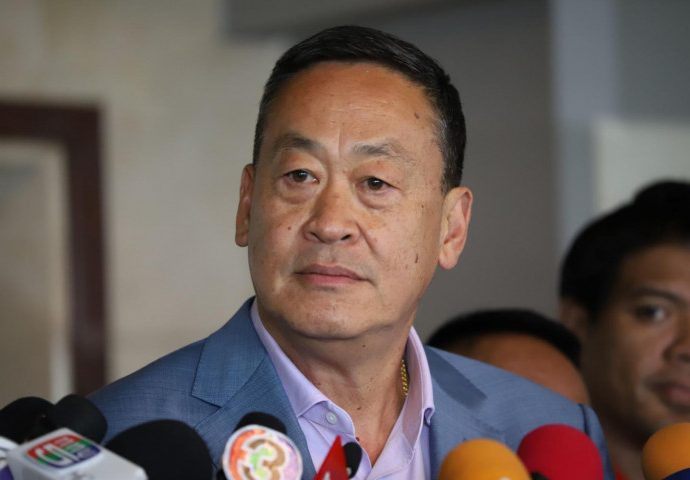âHang on to cashâ: Chinaâs would-be homebuyers opt to wait out housing downturn
Contagion fears deepened further recently as Country Garden, the country’s largest private property developer, halted trading of some onshore bonds and struggled to address liquidity stress. And state-backed Sino-Ocean missed millions of dollars in interest payments. Ren Zeping, an online influencer and economist, earlier this month called for more transparency in theContinue Reading















